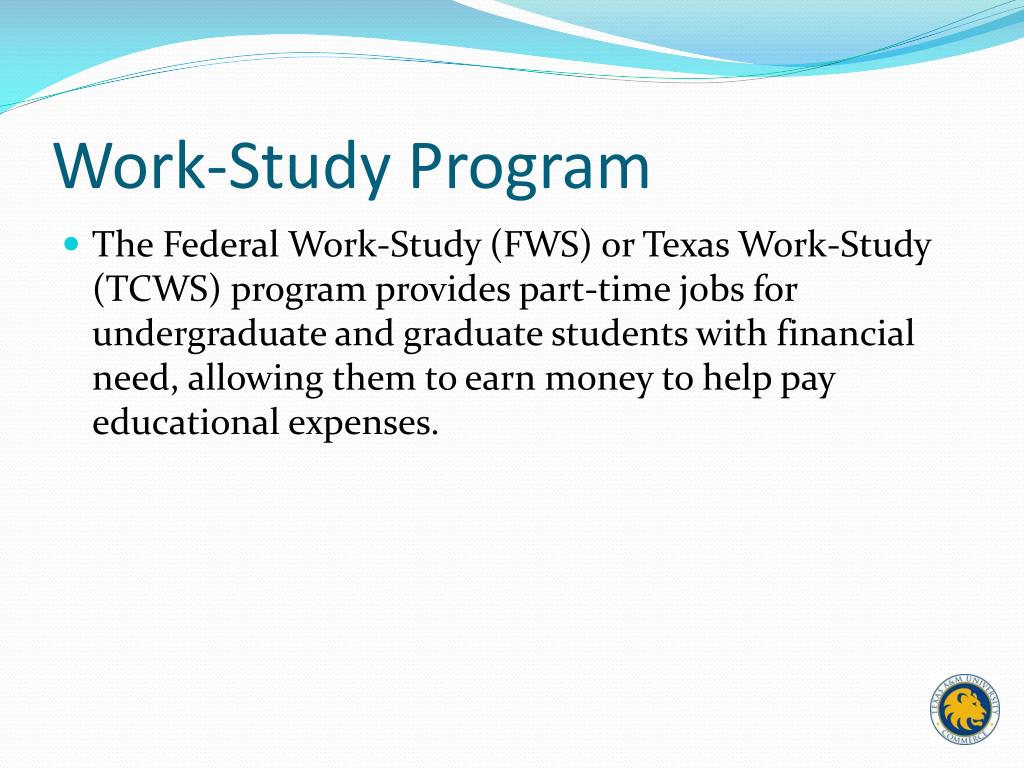Work-study programs provide valuable opportunities for students to gain practical experience, develop essential skills, and contribute to their educational expenses. Stanford University offers a range of work-study programs that enable students to work part-time while pursuing their studies. In this article, we will explore the benefits of work-study programs at Stanford, the application process, tips for balancing work and study, the value of gaining real-life experience, financial considerations, and real-life success stories.

Understanding Work-Study Programs
Work-study programs are federally funded initiatives that allow students to work part-time on campus or with approved off-campus employers. These programs aim to provide students with financial assistance and professional development opportunities. At Stanford, work-study programs offer students the chance to earn money to help cover educational expenses while gaining valuable skills and experiences.
Finding Work-Study Opportunities at Stanford
Stanford University provides various work-study positions across departments and offices on campus. These positions can range from administrative roles to research assistantships or positions within community service organizations. Students can explore job listings on the Stanford work-study website or connect with the university’s career center to find available opportunities. Applying for work-study positions typically involves submitting a resume, cover letter, and sometimes participating in an interview process.
Balancing Work and Study
Managing both work and study responsibilities can be challenging, but with effective time management and prioritization, it is possible to maintain a healthy balance. Students should create a schedule that allows for dedicated study time while accommodating work hours. Communication with supervisors and professors is key to ensuring a smooth balance between work and academic commitments.
Gaining Valuable Experience
Participating in work-study programs offers students the opportunity to gain practical skills that can complement their academic studies. Work-study positions provide hands-on experience, allowing students to apply theoretical knowledge in real-world scenarios. Additionally, these positions often foster networking opportunities, allowing students to connect with professionals in their field of interest.
Financial Considerations
One of the significant advantages of work-study programs is the opportunity to earn income to help cover educational expenses. Students are typically paid at least minimum wage for their work-study positions. However, it’s important to note that work-study earnings should be managed wisely, considering their impact on financial aid packages and potential tax obligations.
Success Stories: Real-Life Experiences
To gain further insights into the benefits of work-study programs, let’s hear from students who have participated in these programs. Their stories will shed light on how work-study experiences have helped shape their academic journey, provided them with valuable skills, and opened doors to future opportunities.
Conclusion
Work-study programs at Stanford University provide an excellent opportunity for students to earn money, gain practical experience, and develop essential skills while pursuing their education. By actively participating in work-study programs, students can enrich their college experience, enhance their resumes, and prepare for a successful future. Whether it’s contributing to the campus community or engaging in research projects, work-study programs offer a valuable pathway to personal and professional growth.
FAQs
Q1: Can all students at Stanford University participate in work-study programs? A1: Work-study programs at Stanford are available to eligible students who demonstrate financial need. Students should check their eligibility and apply through the university’s financial aid office.
Q2: Can work-study programs be off-campus positions? A2: Yes, work-study programs at Stanford can include both on-campus and approved off-campus positions. The university maintains a list of approved employers for off-campus work-study opportunities.
Q3: How many hours per week can students work through a work-study program? A3: The number of hours students can work through a work-study program varies. Generally, students are expected to work around 10-15 hours per week, but it ultimately depends on the specific work-study position and the student’s schedule.
Q4: Are work-study positions only available during the academic year? A4: Work-study positions at Stanford are typically available during the academic year. However, some positions may be offered during the summer as well. Students should explore the available opportunities and the corresponding timeframes.
Q5: How can participating in a work-study program benefit my future career? A5: Work-study programs provide valuable experience that can enhance your resume and future career prospects. The skills and connections gained through work-study positions can help you stand out to potential employers and demonstrate your dedication and work ethic.
 Scholarships Tips Learn Doctoral Scholarships Now
Scholarships Tips Learn Doctoral Scholarships Now